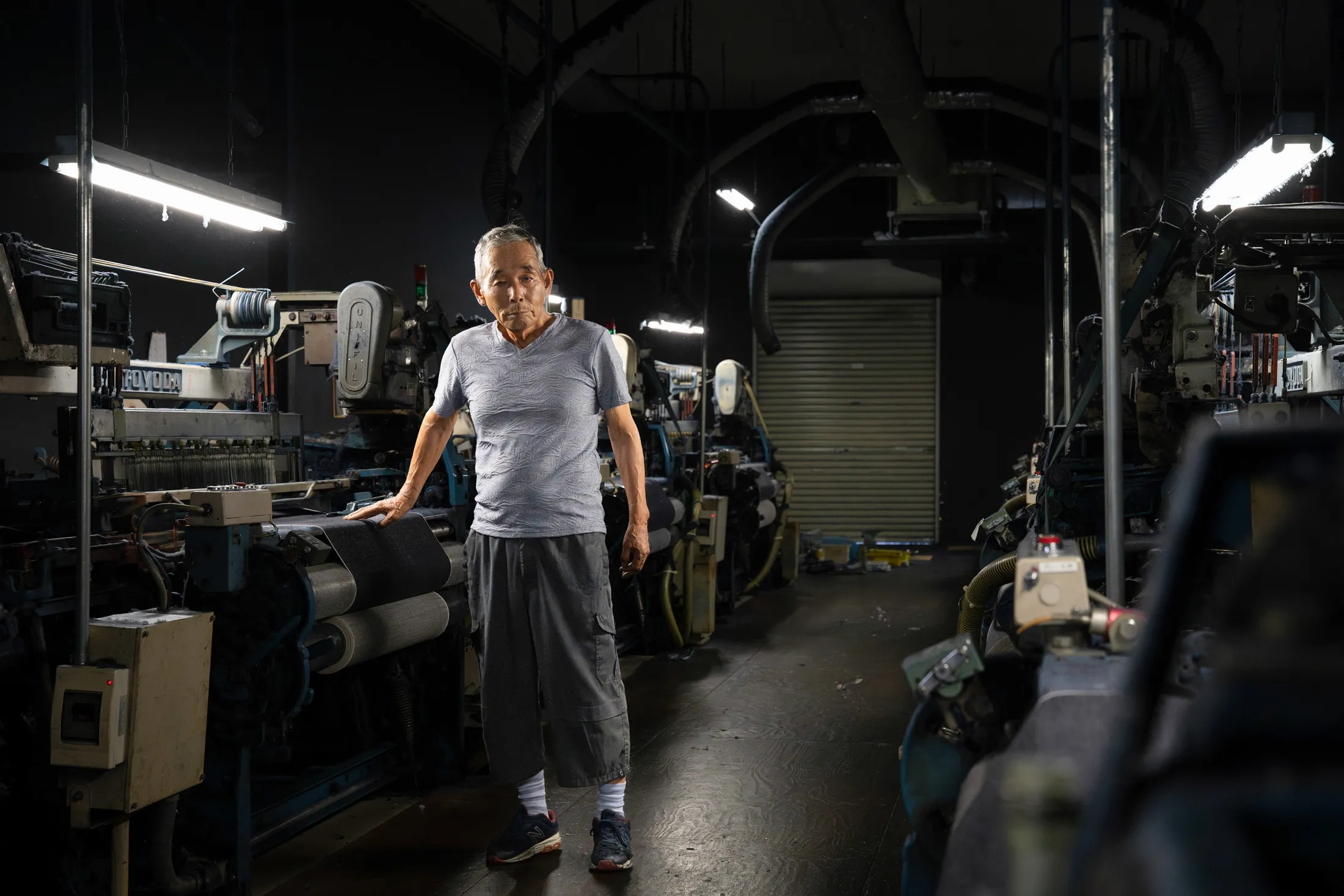The Loom of Tradition: Japan’s Denim Industry Confronts an Uncertain Future

Japan’s denim industry, long celebrated for its meticulous craftsmanship, indigo mastery, and global influence, is confronting a precarious future. Once a symbol of artisanal excellence and innovation, the sector now faces rising production costs, shifting consumer behavior, and global competition, raising questions about the sustainability of its iconic status.
From the streets of Tokyo’s Harajuku district to the artisanal mills of Okayama and Kojima, Japanese denim is synonymous with precision, high-quality selvedge, and painstaking handcrafting techniques. Brands such as Evisu, Momotaro, and The Flat Head have earned international acclaim, attracting enthusiasts willing to pay premium prices for jeans made with slow-stretched cotton, vintage looms, and natural indigo dye. Yet the industry that once epitomized resilience and creativity now stands at a crossroads.
The Roots of Japanese Denim
The story of Japanese denim began in the 1960s and 1970s, when denim culture from the United States inspired local craftsmen to replicate the American style while adding distinctly Japanese precision. Key innovations included:
- Selvedge denim production on vintage shuttle looms
- Use of natural indigo dyes for deep, fading patterns
- Attention to stitching, rivets, and hardware, creating durable yet aesthetic garments
By the 1990s, Japan had become a global destination for denim aficionados, with Okayama Prefecture in western Japan earning the nickname “Denim Capital of Japan.” Artisans and small mills cultivated a reputation for quality over quantity, producing limited-run jeans that could sell for hundreds of dollars.
Global Recognition and Demand
Japanese denim’s rise to international prominence was fueled by:
- High-quality craftsmanship that rivals American and Italian denim
- Celebrity and influencer adoption, creating a luxury streetwear market
- Cultural storytelling, emphasizing authenticity, tradition, and heritage
Brands like Evisu became cultural icons, combining Japanese artistry with Western denim culture. Boutique denim stores in New York, Paris, and London offered Japanese jeans as exclusive items, reinforcing the country’s reputation as a premium denim powerhouse.
Challenges Threatening the Industry
Despite global acclaim, Japan’s denim industry now faces multiple pressures:
- Rising production costs: Artisanal techniques, manual dyeing, and small-batch production are expensive, making Japanese denim less competitive against mass-produced alternatives.
- Labor shortages: Younger generations are less inclined to pursue weaving and dyeing crafts, creating a gap in skilled artisans.
- Global competition: Countries like Bangladesh, Vietnam, and Turkey offer lower-cost denim manufacturing, appealing to fast-fashion brands.
- Changing consumer habits: Younger buyers increasingly prioritize affordable, trend-driven clothing over premium craftsmanship.
- Environmental pressures: Traditional dyeing methods consume significant water and chemicals, prompting calls for sustainable production, which can further increase costs.
A mill owner in Kojima explained, “Our techniques are slow, but that is what gives Japanese denim its soul. Yet sustaining this tradition in a global market dominated by cheap, mass-produced jeans is becoming nearly impossible.”
Adaptation and Innovation
Some Japanese denim producers are responding with innovation and diversification:
- Sustainable practices: Using organic cotton, low-impact dyes, and water-recycling technology
- Collaborations: Partnering with international fashion brands for limited-edition lines
- Direct-to-consumer sales: Selling online to global niche markets willing to pay for craftsmanship
- Custom denim experiences: Offering personalized fitting, dyeing, and patchwork to create unique garments
These adaptations aim to preserve the heritage and artisanal identity of Japanese denim while responding to modern market realities.
The Role of Cultural Heritage
Japanese denim is more than clothing; it represents a cultural commitment to craft, patience, and authenticity. Mills often operate as multi-generational family businesses, with techniques handed down over decades. Preserving this heritage is a central concern for industry advocates, who argue that the loss of small mills could erode Japan’s global reputation for quality craftsmanship.
Government programs and industry associations have begun promoting artisan preservation initiatives, providing subsidies and training for younger workers to enter the denim trade. However, these efforts are modest compared to the scale of the challenges, leaving the industry reliant on niche markets and global enthusiasts.
The International Impact
Japanese denim has influenced global fashion and inspired a resurgence of artisanal denim culture worldwide. International buyers often view Japanese jeans as a benchmark of quality, elevating standards for selvedge denim across Europe and North America. The decline of Japanese mills could therefore have ripple effects on global denim trends, affecting both design and production methods.
Looking Ahead: Fragile but Resilient
While challenges loom, Japanese denim may survive and even thrive by embracing its uniqueness:
- Continuing limited-batch, high-quality production for a premium market
- Expanding digital marketing and global e-commerce channels
- Innovating in sustainable and ethical production
- Leveraging heritage storytelling to attract a new generation of consumers
Analysts note that the industry’s strength lies not in competing on price but in authenticity, craftsmanship, and exclusivity. Japanese denim may remain a luxury niche, appealing to collectors and fashion enthusiasts willing to pay for the story behind every stitch.
“Japanese denim is more than fabric,” said a Tokyo-based fashion historian. “It is culture woven into every thread. Preserving it requires commitment, creativity, and recognition of its value—not just as clothing, but as heritage.”
Conclusion
Japan’s denim industry stands at a critical juncture, balancing global acclaim with economic realities and evolving consumer preferences. Its future will depend on sustaining craftsmanship, embracing innovation, and securing new markets, while honoring a tradition that has made Japanese denim a symbol of quality and culture worldwide.
Though fragile, the industry’s resilience and commitment to artistry suggest that Japanese denim can weave a path forward, preserving its legacy while adapting to the demands of the 21st century.

















